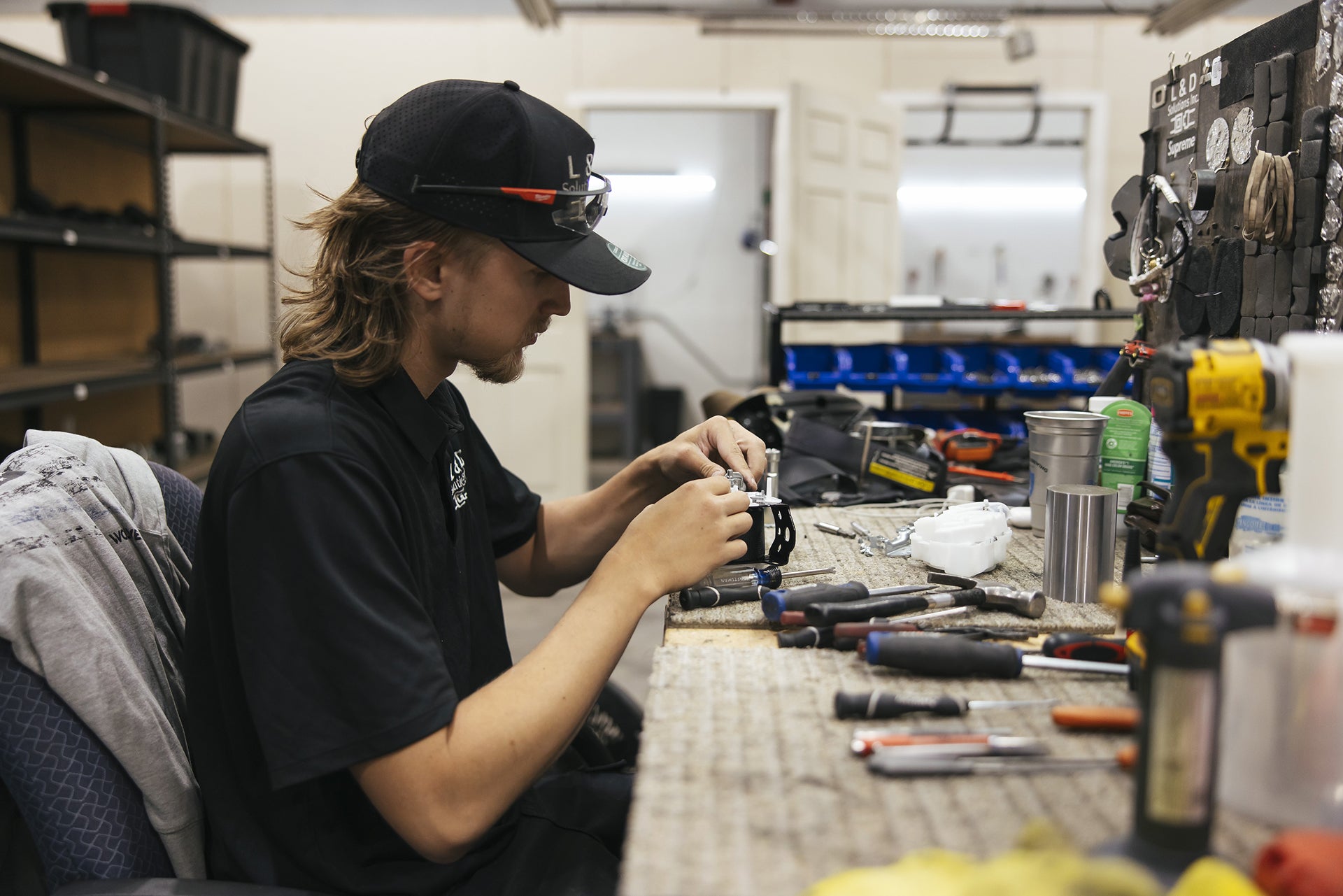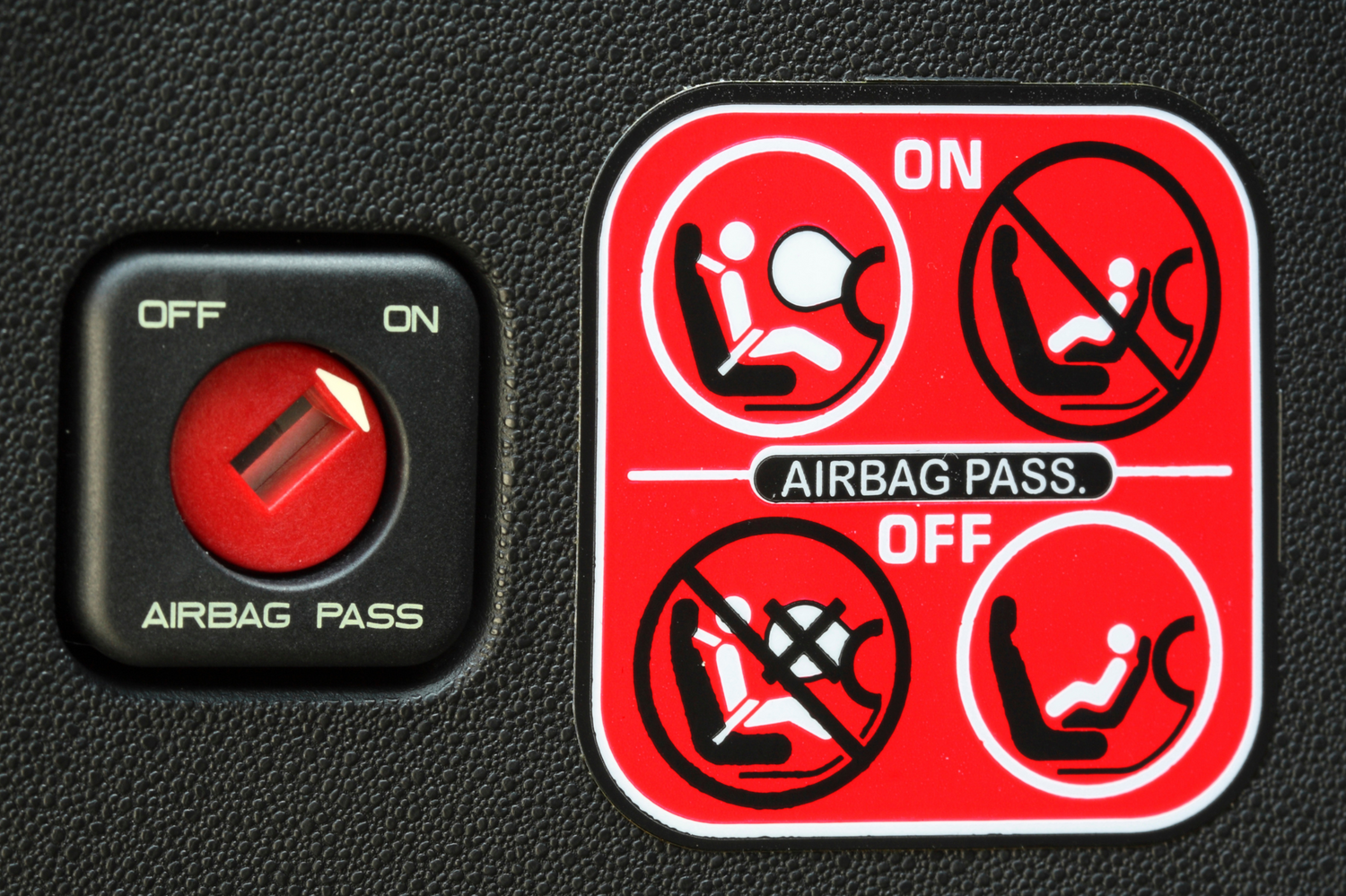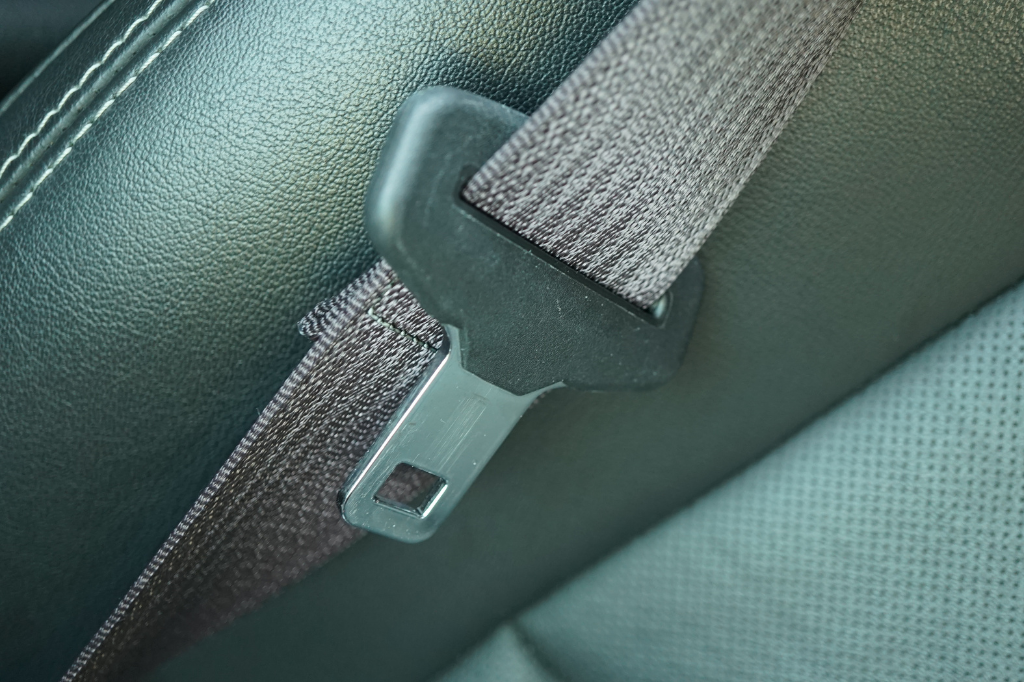What Is the Occupant Classification System?
Ever noticed that light on your dashboard showing whether the airbag is on or off when someone sits in the front seat? That’s the occupant classification system doing its thing.
You might not give it much thought, but this little system plays a huge role in keeping you—and especially kids and smaller passengers—safe in your car. Let’s dive into what it is, why it matters, and how it actually works (without getting too geeky).
Why Your Car Has an Occupant Classification System
Picture this: You put a heavy backpack or groceries on the passenger seat. Suddenly, your car thinks a person’s sitting there and might trigger the airbag. But that airbag isn’t meant to go off unless there’s an actual person who needs protection.
That’s where the occupant classification system steps in. It’s like your car’s own personal bouncer, checking who’s in the seat—and whether it’s safe to deploy the airbag if a crash happens.
In short:
- ✅ It prevents airbags from going off unnecessarily
- ✅ It protects children and smaller passengers from airbag injuries
- ✅ It makes your car smarter and safer
How the Occupant Classification System Works
The occupant classification system uses sensors—usually built into the seat itself—to measure things like:
- Weight
- Seat pressure
- Position or posture
From that data, the system determines whether the seat is:
- Empty
- Occupied by a child or lightweight adult
- Occupied by a heavier adult
Based on that, it’ll either turn the airbag on, off, or set it to deploy with a specific force. So yep, the occupant classification system doesn’t just guess—it makes real-time decisions.
What Happens If It Fails?
When the occupant classification system malfunctions, things can get messy:
- The airbag might not deploy when it should
- It might deploy unnecessarily, risking injury
- The airbag light might stay on constantly
If something feels off (like if the airbag light is always lit), it could mean the occupant classification system needs to be checked out.
Can You Reset or Fix the Occupant Classification System?
Good question. And the answer is… sometimes.
| Problem | Possible Fix |
|---|---|
| Airbag light on after seat change | Reset system via scan tool |
| Seat sensor damaged | Replace sensor or seat cushion |
| Calibration off | Requires professional recalibration |
Some cars let you reset the system using a scan tool, while others need a trip to the dealer. If you've replaced a seat or had collision repairs, make sure the system was recalibrated.
Modern Tech in Occupant Classification Systems
Here’s the cool part—today’s cars are getting even smarter.
Newer systems use advanced tech like:
- Pressure mapping sensors
- AI-enhanced algorithms
- Communication with seatbelts and posture monitors
It’s not just about weight anymore—it’s about recognizing how someone is sitting, whether they’re leaning, slouching, or holding a child in their lap (don’t do that, by the way).
Why You Should Care
Let’s be honest—you probably don’t think about your occupant classification system until something goes wrong. But knowing how it works can help you:
- Avoid unnecessary repair bills
- Know when to get your airbag system checked
- Understand why the airbag light behaves the way it does
- Make safer choices for your passengers, especially kids
And hey, it also makes you that friend who actually knows what that mysterious light on the dashboard means.
Final Takeaway: Keep an Eye on That Seat Sensor
The occupant classification system may not be flashy, but it’s a silent safety hero inside your car. From helping airbags make smarter decisions to protecting little passengers, it does a lot of work behind the scenes.
If your airbag light is acting weird, or you’ve had seat repairs, don’t ignore it. A quick check or reset could save lives.
📩 Need help figuring out your vehicle’s occupant classification system? Contact L&D Solutions today! 🚗💡




Leave a comment
This site is protected by hCaptcha and the hCaptcha Privacy Policy and Terms of Service apply.